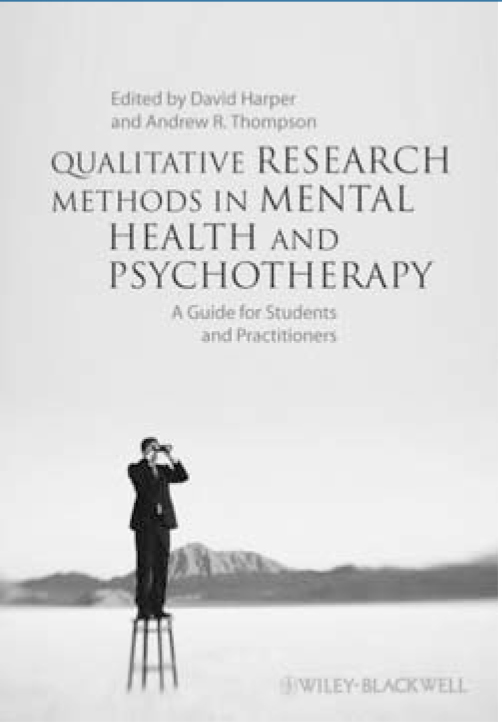
This is a very useful book that introduces qualitative research in mental health contexts for those wishing to better understand the approaches behind papers they read. It is also a source of specific guidance for those considering doing their own research.
The structure of the book, across and within chapters, is cleverly designed to promote effective use of appropriate methods. There are three sections. The first introduces the basic tenets; the second includes chapters on each of a range of approaches, and the third addresses research quality and future directions. This works well. In particular, it sets the various qualitative approaches in the wider mental health context. This will help students and trainees to gain an appreciation of the underpinning and implications of the different traditions and so make an informed choice of method to address their particular research question.
The editors have drawn together contributions from many experienced researchers with genuine expertise, leading to generally high-quality contributions covering many of the main approaches. Within the chapters on approaches, the consistency of a uniform set of straightforward, practical headings makes each easy to follow, and allows quick comparison between methods. In addition to the more obvious ‘how to’ content, particular sections that are valuable include those on the type of questions each method best suits and on service user involvement. My only disappointment was the lack of coverage of some of the less verbally focused qualitative methods such as ethnography and participant observation. The integrative chapters contain some of the major highlights of the book, including the thoughtful set of recommendations for ethical practice in chapter 3, the material on asking the right questions in chapter 5, and the considered and balanced overview on judging quality in chapter 16.
In a field that at times feels dominated by obfuscating jargon and a cult-like zeal, the editors have produced an accessible, illuminating text that will be of great value to those wishing to gain an introduction to this essential and developing area of mental health research.



eLetters
No eLetters have been published for this article.